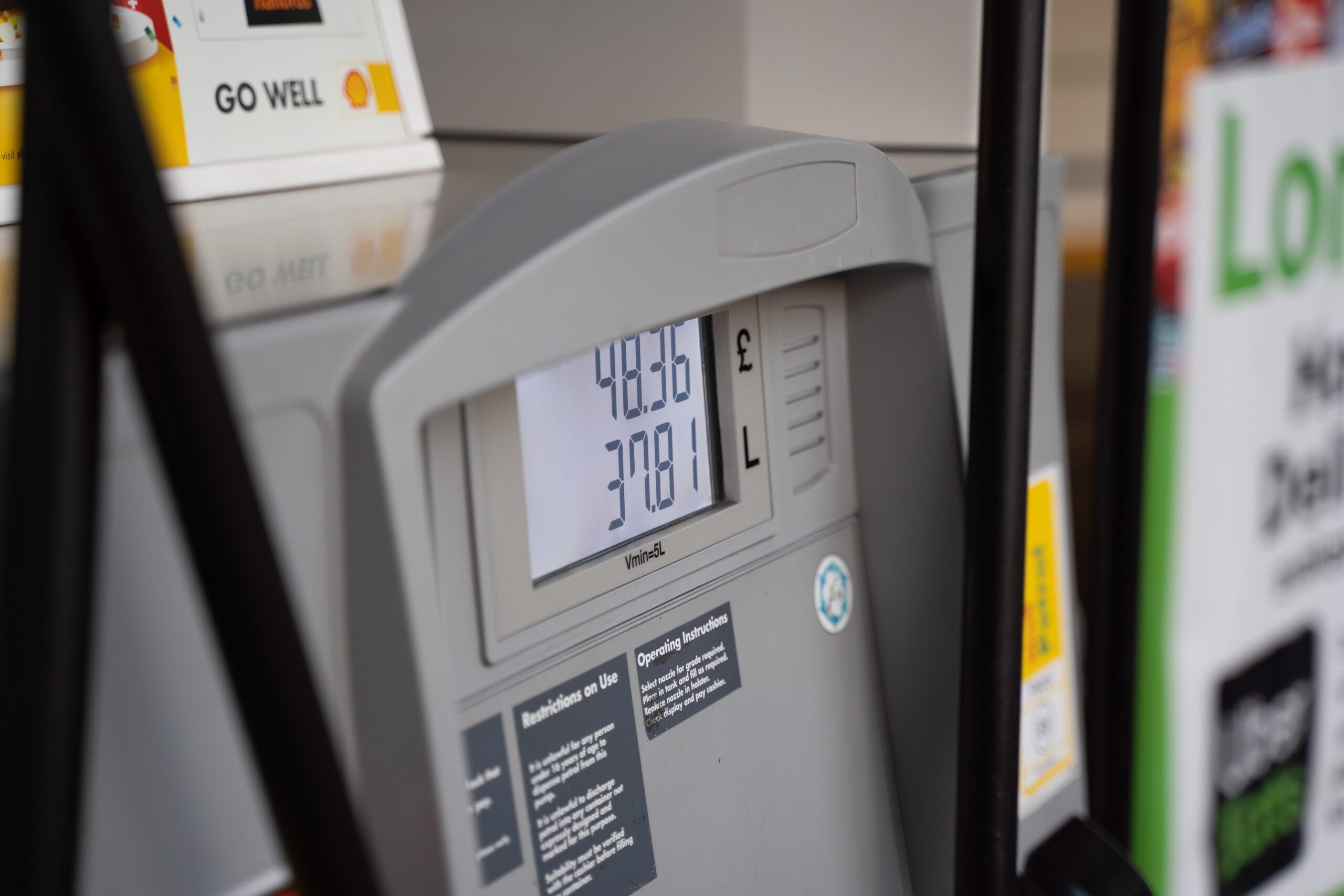Bali’s tourism sector is recovering after being hit by the Covid-19 pandemic. This is evidenced by the number of domestic and foreign tourist arrivals which reached 60%. However, Bali needs to be aware of the movement of inflation which is close to 7 percent.
Academics from Udayana University Prof. Wayan Suartana said what needs to be watched out for is the occurrence of stagflation because the Russia-Ukraine war is not over. The supply chain is disrupted and the world oil price is high.
“We hope that the G20 will provide a solution for global and national economic growth. Stagflation can be avoided and the world can recover together,” he said.
During the crisis due to the Russia-Ukraine war, recovery in various parts of the world has been slow. Indonesia is fortunate enough to have fairly good economic growth relative to other countries.
Besides the tourism sector, this condition is one of the reasons for improving export performance and relatively smooth inter-regional mobility. Based on the BPS release yesterday, Bali’s exports in June 2022 reached USD 49.93 million. Export conditions in June 2022 were better than in June 2018 and 2019.
However, world oil prices also rose. This should be watched out for because it will have an effect on the industry and an increase in the inflation rate.
The real sector that does not move as usual will certainly be an obstacle to achieving economic growth. Especially for Bali, assuming a change from a pandemic to an endemic, economic growth will continue to be positive but will still be below the national figure.
In addition, based on the BPS release Monday (1/8) delivered by the Head of BPS Bali Hanif Yahya, the Bali NTP indicator in July 2022 reached 96.05, up 0.33%. From the constituent variables of NTP, the paid index (Ib) was 113.38, up 0.94% and the received index (It) was up 108.90, up 1.27%.
While the Farmer’s Business Exchange Rate (NTUP) is 97.69. NTUP, which is the ratio of It to Ib, especially for production and capital costs, rose 1.05% (mtm).
“NTUP increases, which means that in conclusion there is an increase in expenditure from farmers for lower production than what farmers receive. This means that It is higher than Ib even though the NTUP is still below 100,” he explained.
However, the food crops sub-sector decreased by 1.61%, namely 86.96. Meanwhile, 4 other sub-sectors increased, namely horticulture 111.06, up 2.96%, livestock 92.13, up 1.19%, smallholder plantations 100.31, up 0.08%, fisheries 102.26, up 1.18% .
The improving NTP indicator is also seen in the condition of NTP from January to July 2022.
NTP during 2022 is above conditions in 2021, although it has not yet reached 100. “Compared to 2021, NTP 2022 is already above, namely January – July 2022 at 94.61, while January – July 2021 at 93.09,” he explained.
Furthermore, the Head of the Bali Bank Indonesia Representative Office (KPw BI), Trisno Nugroho, also conveyed that several economic indicators for Bali were improving. These include retail sales performance and consumer surveys.
Based on the Bank Indonesia Consumer Survey in June 2022, indicated that consumer confidence in the economic conditions in Bali Province was strengthening again. This is reflected in the Bali Province Consumer Confidence Index (IKK) in June 2022 which was recorded in the optimistic area of 143.3, higher than 131.2 in May 2022.
This optimism is also higher with the national condition which recorded a National IKK of 128.2.
“The current Bali economy continues to show a recovery, which is reflected in the increase in public consumption in June 2022. This is driven by the high season period for tourist visits in June which stimulates the Bali tourism sector,” he said.


















